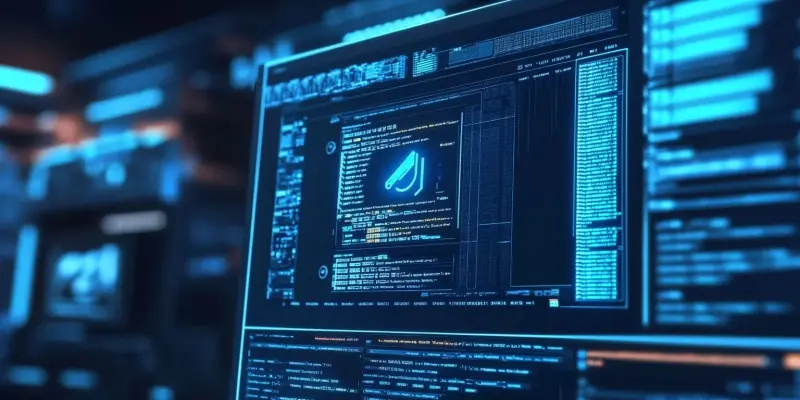The emergence of a new variant of the SystemBC Remote Access Trojan (RAT) targeting Linux-based systems presents a formidable challenge to cybersecurity defenses, shifting the focus from its traditional target of Windows-based environments. This advancement signifies a concerning evolution in the capabilities of cybercriminals, enabling more effective and elusive attacks.
SystemBC’s Evolution
The SystemBC RAT, originally designed for Windows, has now been adapted to target Linux systems. This change enhances the ability of attackers to conduct lateral movements and pivot within corporate infrastructures without needing additional and potentially detectable tools. This broader targeting scope underscores the sophistication of modern cyber threats and the necessity for robust cross-platform security measures.
Stealth Capabilities
One of the most significant aspects of the new Linux variant is its improved stealth capabilities. The malware maintains encrypted communication with Command and Control (C2) servers using a custom protocol, ensuring a unified and covert attack capability across both Windows and Linux platforms. This level of encryption complicates detection and mitigation efforts for many traditional security vendors, highlighting the need for advanced security techniques and tools.
Analysis and Detection
Identifying the Linux version of SystemBC requires sophisticated methods. Security professionals can deploy advanced tools like ANYRUN’s Linux Virtual Machine for this purpose. By performing in-depth network traffic analysis and employing expert-crafted Suricata rules, they can detect malicious activities more effectively. This detailed analysis is imperative for uncovering the behaviors of such advanced malware.
Indicators of Compromise (IOCs)
Specific Indicators of Compromise (IOCs) have been pinpointed to aid in detecting this malware. These IOCs include distinct domain names such as cluster[.]amazonaws[.]work and various hash values. Recognizing these IOCs is critical for cybersecurity teams, as it enables them to identify and respond to potential threats swiftly. Leveraging these IOCs as part of their monitoring efforts can enhance the overall security posture.
Decrypted Traffic and Configuration
Analyzing the encrypted data traffic and configuration of the Linux variant of SystemBC has been crucial. Tools like CyberChef offer invaluable insights into how the malware communicates back to C2 servers. By decrypting this traffic, cybersecurity experts can understand the data flow and command structures, which is vital for disrupting the malware’s operations and mitigating its impact.
Real-time Analysis and Threat Intelligence
Interactive sandbox environments such as ANYRUN provide a dynamic arena for studying the behavior and network interactions of this malware. These environments enable real-time analysis, offering deep insights into the tactics, techniques, and procedures (TTPs) employed by SystemBC. Real-time threat intelligence helps in refining defensive strategies and preparing for potential future attacks.
Recommendations for Cybersecurity Teams
The emergence of this new variant highlights a disturbing trend where cybercriminals are continually enhancing their strategies and tools to execute more effective and stealthy attacks. Linux systems have often been considered more secure than their Windows counterparts, but the adaptability of threats like the SystemBC RAT underscores the necessity for robust and comprehensive cybersecurity measures across all platforms. The new variant’s ability to infiltrate Linux systems emphasizes the need for constant vigilance, timely updates, and advanced threat detection techniques.
The sophistication of these attacks not only jeopardizes individual users but also poses substantial risks to businesses and critical infrastructures relying on Linux systems. These developments signal a pressing need for the cybersecurity community to adapt and devise innovative solutions to counteract the continuously evolving threats of modern cyber warfare.

